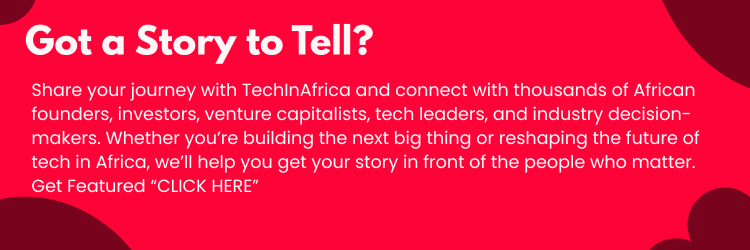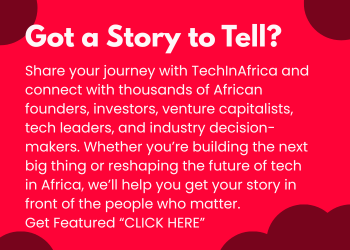TechInAfrica – Data analysis steadily makes imprints into the integrated society of our times, where higher computational software and human collaboration are becoming a common sight to see in both online and offline environment. Research on Artificial Intelligent (AI) and the subject of Data Science are vigorously developed and elaborated through trial and errors, signaling thorough changes to the way the framework of data collection runs.
According to Sabelo Dlamini, Senior Research and Consulting Manager at International Data Corporation (IDC) of South Africa, it is the abundant resources of higher computational, storage, and networking capabilities made available than before are what drives the spike in AI usage to pop insights under business decision-making. With AI’s capability of mimicking human behavior to analyze data, it grants deep insights to the requesting organizations. Its algorithm, along with Machine Learning (ML) and Deep Learning (DL), is a reliable technique for data analysis.
And thus with the implementation of these tools, another consideration comes into the picture. It’s not about the mere activity of applying the tools at the same time to gain results; rather it’s about configuring the right tools before embarking on the data analysis journey. The type of data and insights that the organizations are searching for needs to be determined before employing these tools.
“It’s more about zooming into the AI bag and seeing which tool you can be able to pick based on your needs and cross-checking your solutions to ensure they meet your needs,” Dlamini said. This is to guarantee the process of hiring employees that are meant for the job. Dlamini suggested that embracing the use of AI, robot process automation (RPA), and by collecting data scientists’ insights, have become vital elements in organizations.

Relevancy should be the key focus. The overwhelming amount of available data might complicate organizations on picking the needed insights, which at times side-tracked them into insights that aren’t even relevant to their business. Knowing your priorities and KPIs and focusing on those when going through the data will save tons of time. Knowing exactly what to extract from the data or the reason why you are collecting that data should become your first concern.
While AI has its fair share of impact on reducing human intervention, it does not completely independent off it. In fact, Dlamini revealed that skilled individuals who is able to understand and could interpret the data into an array of insights of the human experiences are deemed valuable. In other words, some basic problems might seem more meticulous for intelligent tools compared to the complex ones, hence demanding a human touch.
Taking the 4th industrial revolution (4IR) into account along with AI and the Internet of Things (IoT), the dynamic of data collection, management, and analysis has transformed into a more interconnected approach. For example, with IoT facilitating computing, sensor, data delivery regularly gains big data as an output, and to dig insights from it, AI tools are required. The changing dynamic will also affect industries as they gradually lessen the human intervention aspect.
Dlamini envisioned factories being run by robotics or AI or even autonomously. He further stated, “It will be about having the sensors in place to collect the data, storing that data and having the AI mimicking human intelligence to make the decisions and feedback to the factory, enabling it to run on its own.”
Not far from now, these tools will eventually become common. By being engaged with computational skills, everyone will be able to conduct data analysis and configure the right tools to extract the required insights.
Source: itnewsafrica.com




